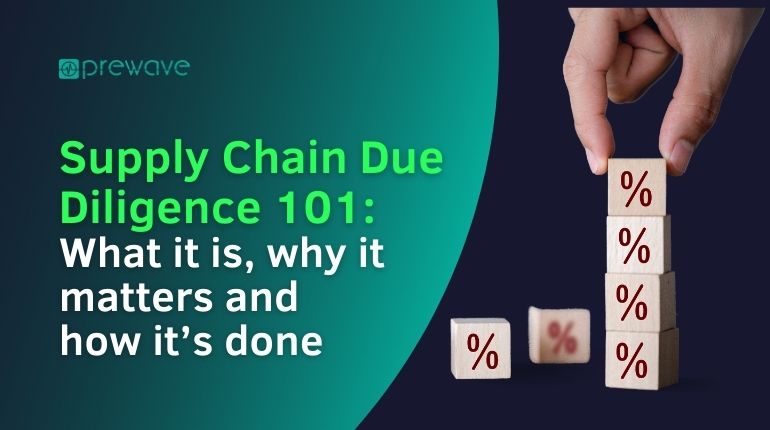As the complexity of supply chains continues to grow, so should due diligence efforts.
But what exactly is supply chain due diligence, and why does it matter?
At its most basic level, due diligence refers to any efforts taken by a company to determine current and potential risks in the supply chain. In other words, it is the process of staying informed of what is happening with all your suppliers, from Tier 1 to Tier-N. This process is also known as Supply Chain Visibility (SCV).
Why is Supply Chain Visibility Necessary?
One of the biggest threats to modern supply chains is the ever-increasing number of third parties involved. This is because, the more Tier-N suppliers you have, the higher the risk of one—or more—of them being involved in illegal or unethical practices, such as corruption, fraud, money laundering, human trafficking, slavery, inhumane working conditions, environmental damage, etc. Thus, by not staying informed of what is going on in your supply chain—of the business practices of all your suppliers, down to the raw material—you are exposing your business to potentially irreparable financial and reputational damages.
Unforeseen Disasters: How Supplier Failures Can Cripple Your Business
Let’s imagine that a fire has broken out in China, at your supplier’s factory. You depend on this supplier to deliver the materials you need on time, but they are unable to do so due to this unforeseen circumstance. This normally would not be a problem, because you would be able to source the material from another factory, but this supplier has failed to inform you of the situation, and while Chinese media did report on the incident, your local media did not. By the time you realise what has happened, your shipment is late, production has halted, and unhappy customers are cancelling their orders, leading to a significant financial loss.
Or let’s imagine that one of your suppliers has been accused of creating and fostering inhumane working conditions, thus endangering the physical and mental wellbeing of their employees. Once again, you are not informed of this until the name of your business is plastered across local and international headlines—in direct association with your supplier. By the time you realise what is happening, it is too late: your business has been tainted by the actions of your supplier, and your reputation will most likely never recover.
These examples, while fiction, are reflected in recent reports, which show that the risk of third parties being involved in illegal or unethical practices is steadily increasing. According to Global Financial Integrity, levels of trade-related illicit fund flows have barely changed from 2006 to 2015, and IFF remains a significant feature of global trade. Furthermore, the commitment of high-level management to managing supply chain risks has fallen from 41% in 2017 to 26% in 2019, according to a BCI report.

The Key to Effective Due Diligence in Supply Chain Management
The good news is that, while you have no control over the actions of others, you can take steps to eliminate or significantly reduce the risk to your business. By investing in due diligence efforts, you can determine what risks can or will impact your business directly, and learn how to stay ahead of the curve—by leveraging all available data sources.
Effective due diligence can be split into two parts:
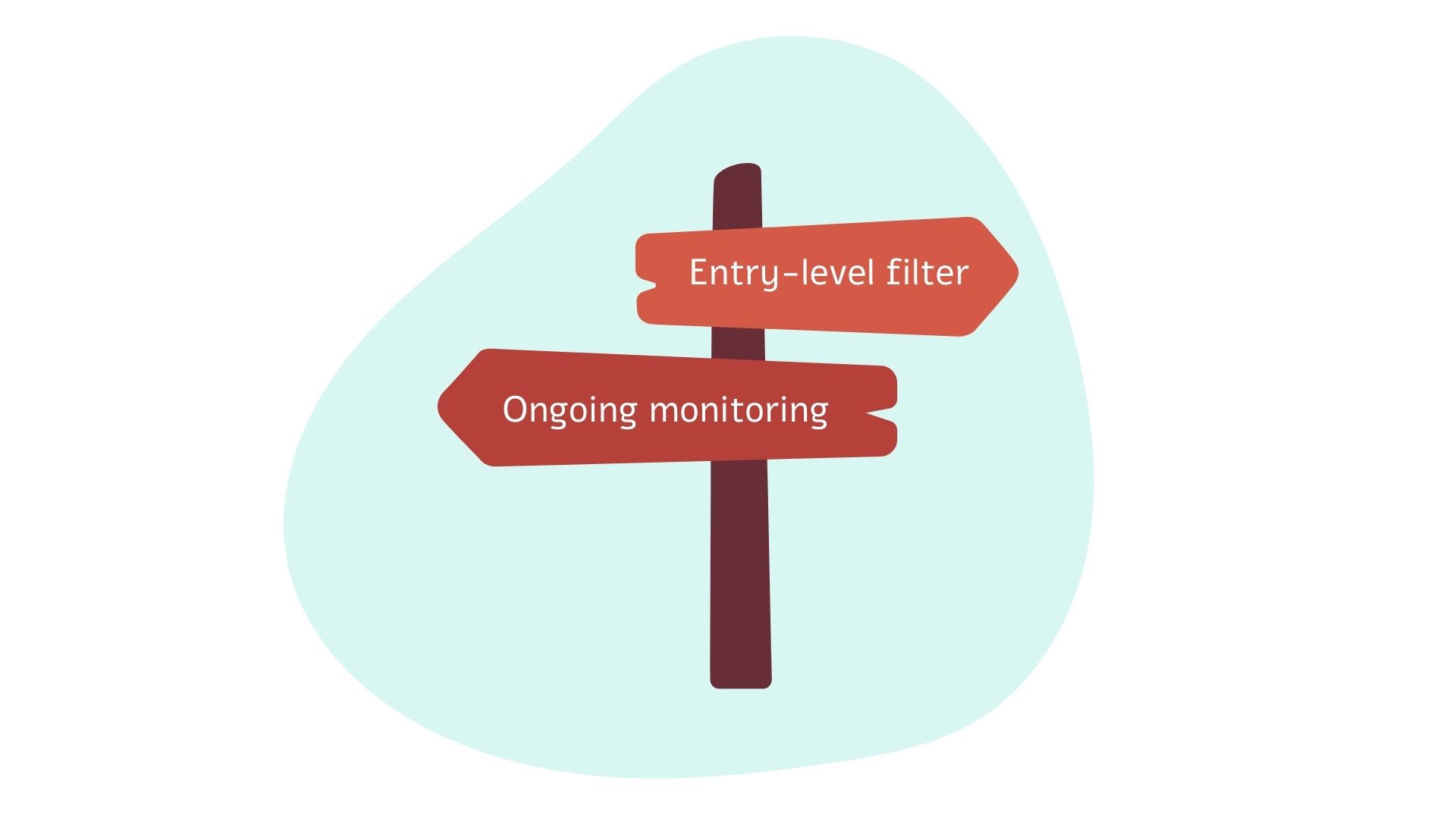
- At the Entry Level
When investigating a potential supplier, the entry level is crucial. By gathering information on the supplier, and providing the supplier with your own internal data, the expectations—and the required level of clarity—are set and agreed on from the beginning. Preliminary data might also offer a framework for continuing with the second part of effective due diligence, namely
- Ongoing Monitoring of the Party
Establishing a monitoring system is crucial for due diligence and the overall management of the supply chain. In time, the management and business strategies of your partners might undergo changes, which might no longer align with your own.
One of the key factors when establishing the entry survey and monitoring system for third parties is the level of risk of the company or the risk posed by the company to the sector/industry it operates in. Working with industries that are considered a higher risk requires additional levels of assessments, and evaluating each party’s business operations and practices more closely.
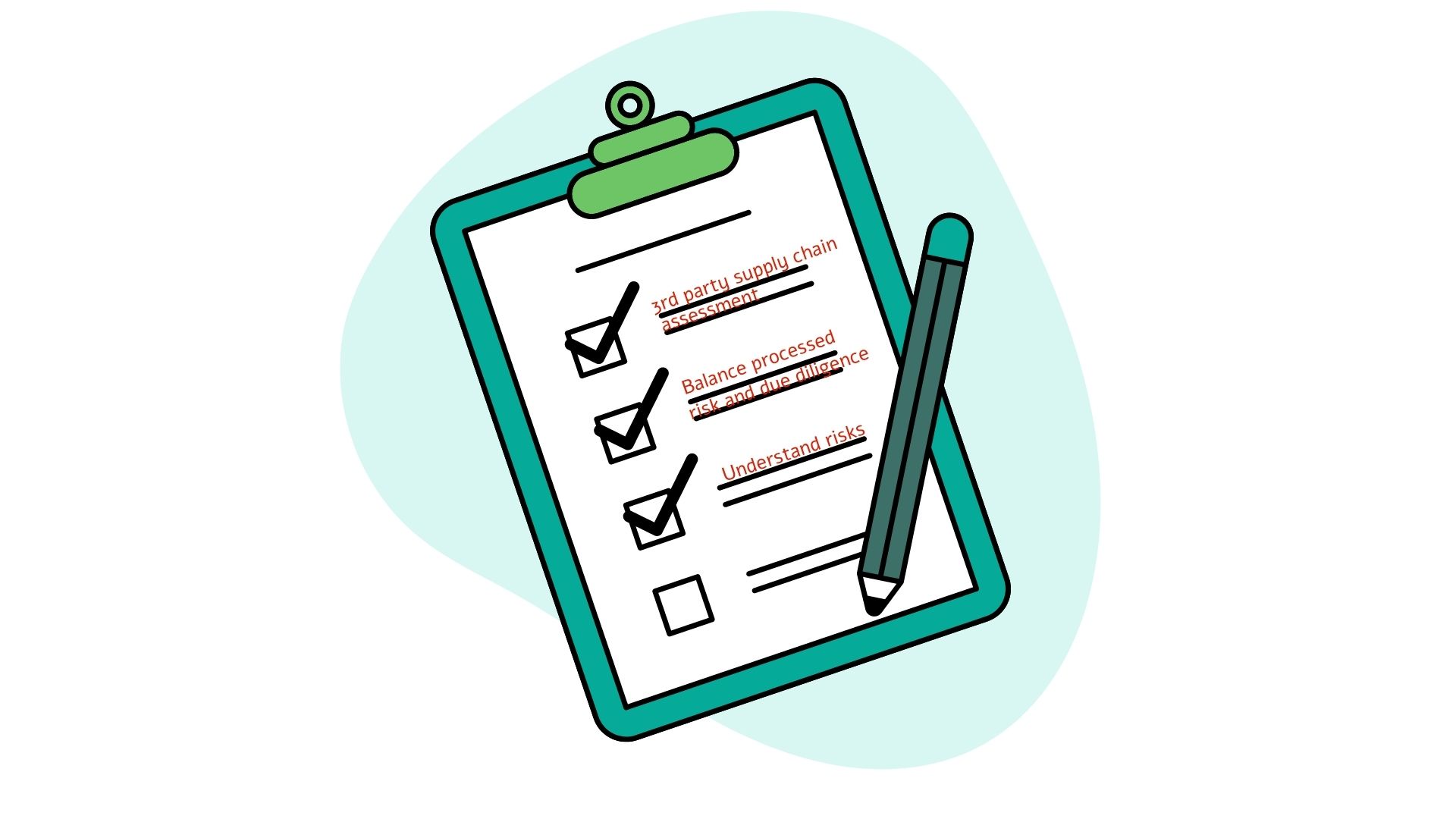
It is recommended to go through this checklist to make sure that third parties comply with the requested values:
- Assessing your Chain of Third Parties
The typology, respective industries, and individual strategies of all parties involved in trade with your company could be more accessible if performing an evaluation was a typical business process, or one that is included in the Supply Chain Management System (SCMS). Additionally, creating and updating a portfolio of third party suppliers will help support the process of defining due diligence suitability for your SCM.
To support this process, Prewave has developed a Supplier Monitoring and Supply Chain Mapping tool, which helps businesses monitor, predict, and even prevent supply chain disruptions—sometimes weeks or months in advance—thus giving businesses the time to plan for and adapt to anything that might come their way.
- Understanding the Risks Involved with Third-Party Operations
Contingencies that the suppliers face might provide a better perception of the potential risks concerning your supply chain.
Prewave’s Tier-N Transparency tool helps you manage future incidents by enabling you to react to any present or potential risks as quickly as possible, through a monitoring system that gives you information in real time. The risks are also categorised based on various levels of risk, which helps you determine where action is needed.
Book a demo to find out more.
- Finding an Equilibrium Between Processed Risk and Performed Due Diligence
The previous two points help us conclude that each level of risk should be met with a tailored set of actions. To access and understand the full scope of third-party risks, you should:
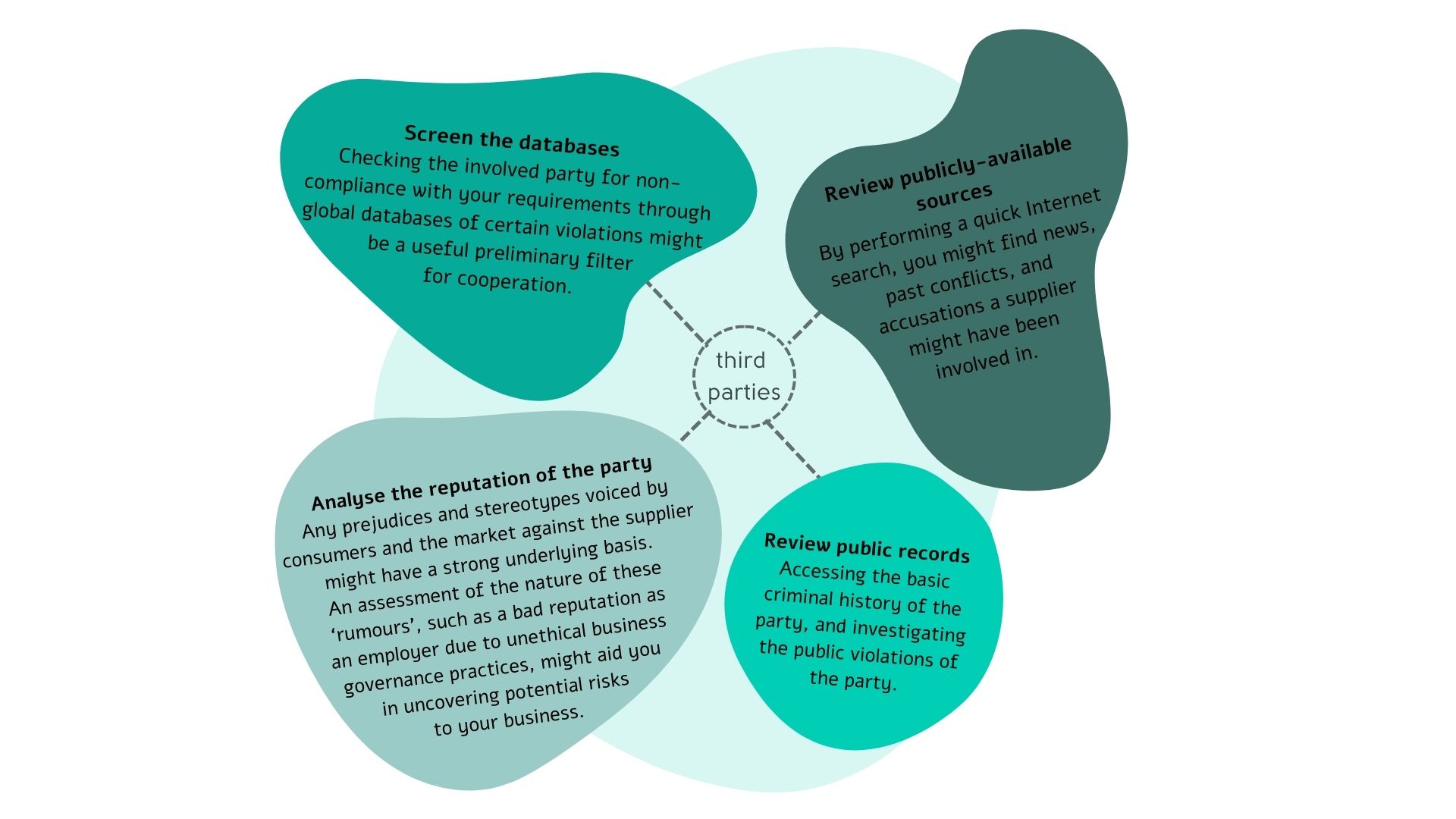
After establishing a basis for the supplier analysis, it is important to design an ongoing monitoring and notification system, to uncover a present or future mismatch between the party’s actions and your own corporate values.
Supply is power, specifically in the monopolistic market, which is why there is such a big need for supply chain due diligence. Suppliers should comply with basic human rights provisions. The Organisation for Economic Co-operation and Development (OECD) has assembled one of the most comprehensive frameworks for supply chain due diligence. This framework is applicable in sectors of high risk.
The OECD Risk Management System (RMS) of supply includes the following key points:
- Establishing a framework for dealing with suppliers of conflict minerals
- Proactively conducting a supply chain risk assessment in a reasonable, ongoing way
- Proactively dealing with identified issues
- Conducting independent due diligence of suppliers
- Providing access to individual due diligence approaches and findings
- Providing regular reports of these findings
Due diligence has become an expectation
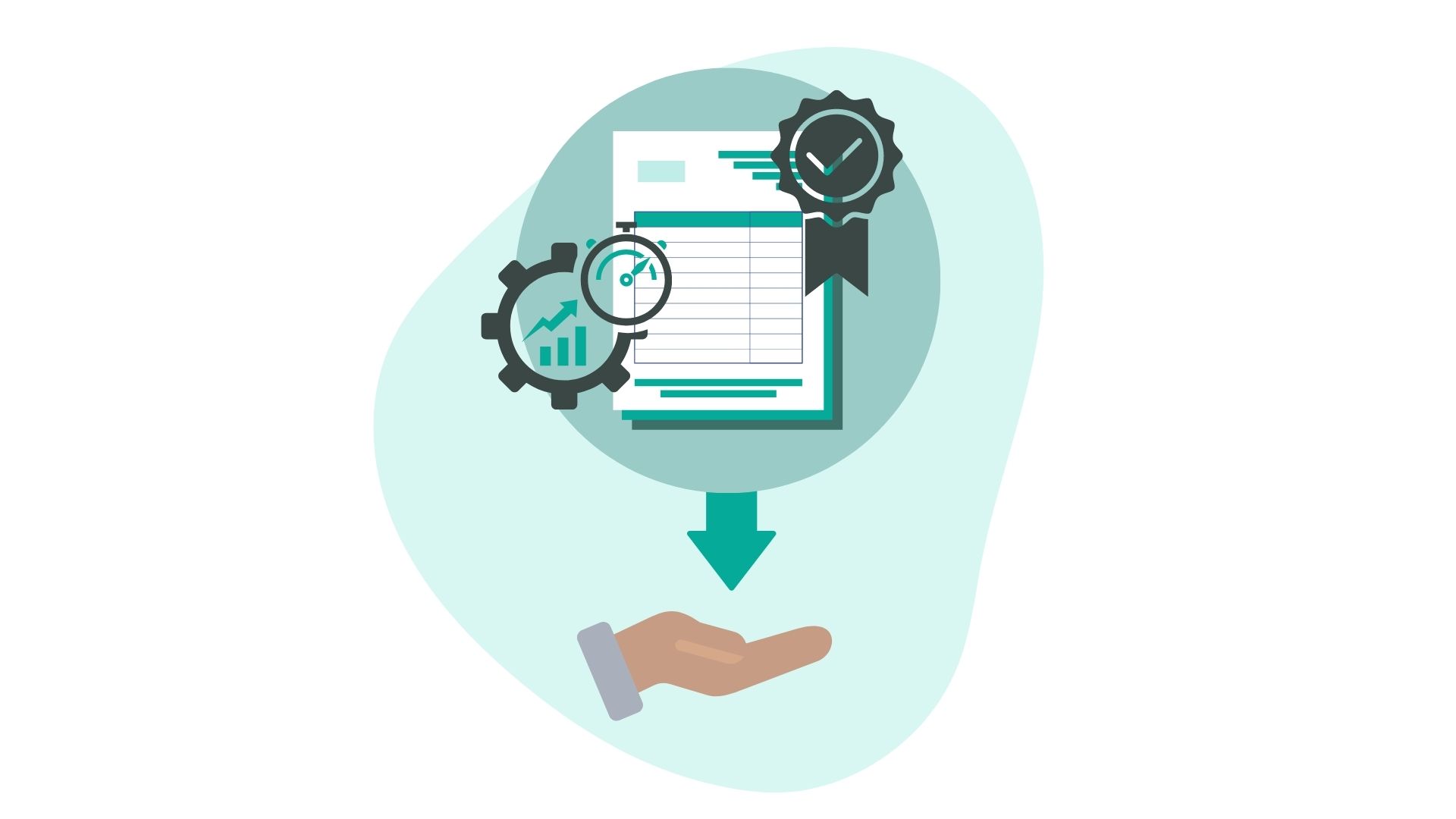
Today’s consumers expect corporations to commit to building an ethical, humane, and sustainable supply chain. Now, brands must take responsibility for the social impact of their commercial operations. As such, any events that might be negatively affecting third parties can have a big impact on a company’s bottom line—and long-lasting effects on its reputation.
With expectations growing, this topic is increasingly becoming a legislative matter in some territories, particularly in Europe. Germany, France, and Norway have already implemented due diligence acts, and the European Union has announced its plan to do so in the near future. This means that it is more important than ever to steer your company in the right direction—towards long-lasting due diligence practices.
Due diligence is a long-term commitment
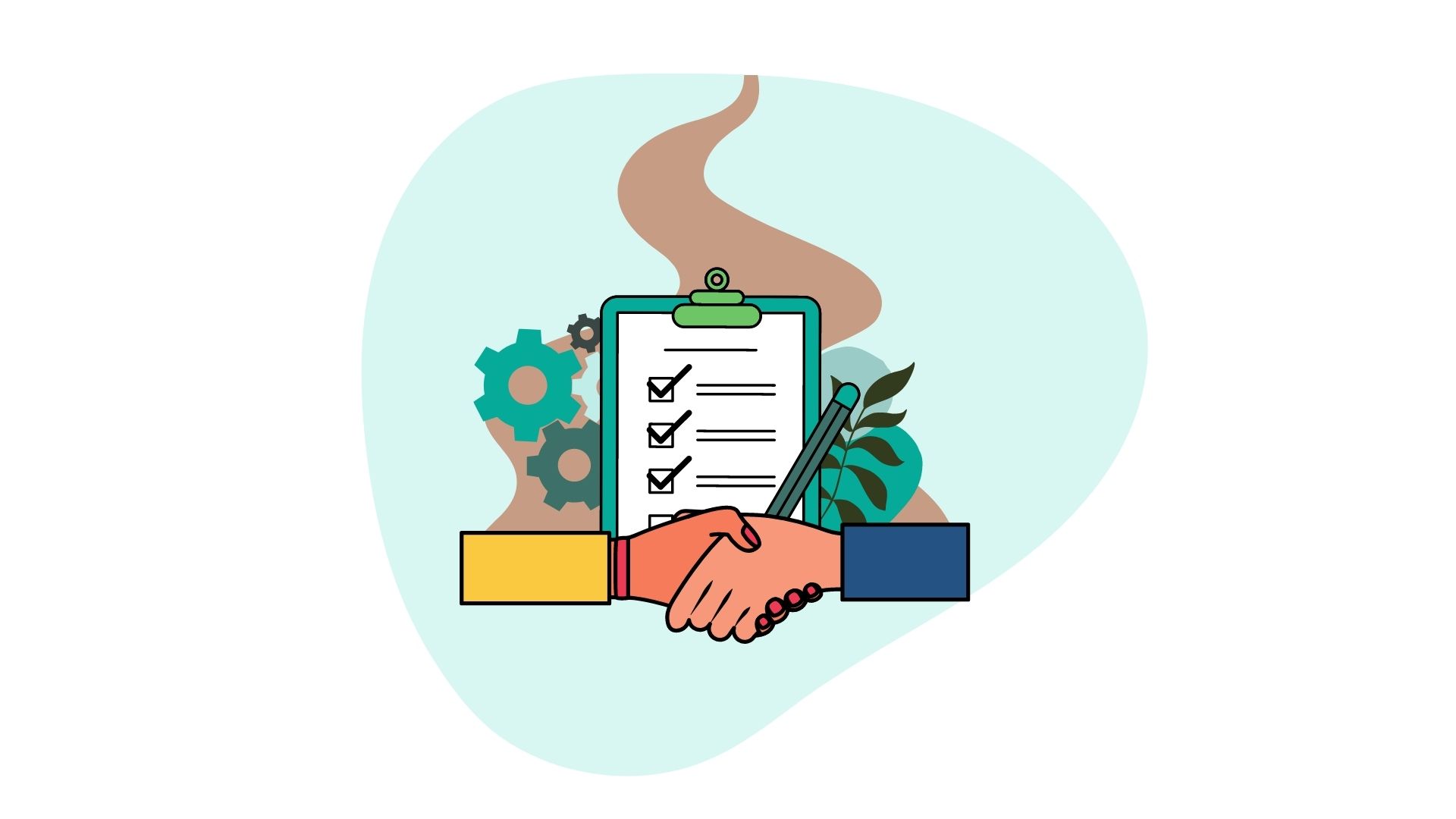
Deciding what checks are relevant, reasonable, and proportionate for a business—to prevent any financial, operational, and reputational risks—depends on a variety of factors. Business sectors that might be exposed to greater commercial risks or vulnerability to fraud and other criminality need more extensive checks in place.
Effective due diligence needs continuous monitoring and regular review—due diligence checks should be risk-based, relevant, reasonable, proportionate, and, most importantly, ongoing.
The future of supply chains is now.
Get in touch with us to learn how we can aid you in your due diligence efforts.
